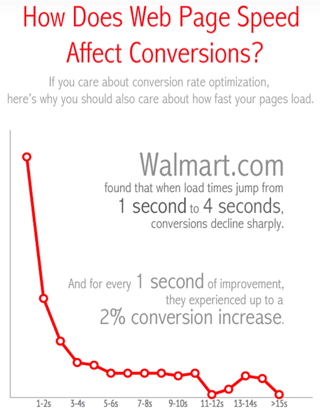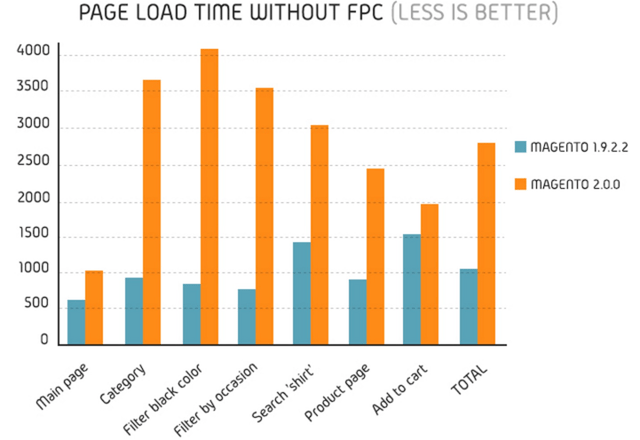
In November of 2015, Magento launched the Magento 2.0 platform, calling it a new era of commerce innovation. The company advertised that this new platform would deliver an improved online shopping experience - both for retailers and site developers - because of its various new features and improvements. However, because it is such a new system, Magento 2.0 has a few bugs that need to be fixed before eCommerce retailers can confidently migrate to the new platform.
Specifically, there is a prominent issue with the caching and the page load speed that must be resolved. Recently, EYEMAGINE’s development team installed Magento 2.0 at the request of a client. They installed an optimized environment and tested the performance of the client’s homepage to see how the website was working on the new platform. The homepage should have loaded quickly - in general, homepages are the fastest loading pages of a website, and this particular page was mostly empty, containing a top navigation with one link, a logo, a mini basket and mini mart, and no information between the header and the footer. However, the page load speed was surprisingly slow: what took 100 ms to load on Magento 1 took between 3 and 7 seconds in Magento 2.0. This slow page load speed is a huge issue for any eCommerce retailer, since there is a direct correlation between page load speed and revenue. If pages don’t load, retailers will lose their customers.

It seems that Magento tried to solve this problem by making FPC (full-page caching) and VARNISH caching standard in the Magento 2.0 platform. At first glance this seems like a strong solution: cache systems always improve speed, and in Magento 1 they need to be installed and customized separately. However, this out-of-the-box solution simply did not solve the speed issue as Magento had planned. Why? Out of the box, VARNISH and FPC cache just don’t work properly. They are professional systems that need to be customized for each computer and platform in order to truly work well.
Thinking of it another way, it’s like putting together a sports car or making a gourmet meal. While either task can be attempted at home using ready-made parts or ingredients, the finished product probably won’t be as fantastic as a car or meal that is put together by dedicated, trained professionals. It’s the same thing with the built-in VARNISH and FPC caching that are available on Magento 2.0: without professional customization and rebuilding, these inbuilt caching systems just don’t improve page load speed as effectively as they should.
SEE ALSO: How to Process an RMA in Magento Enterprise Edition
From this perspective, Magento 2.0 is simply not ready for production until these issues are addressed. Particularly for eCommerce retailers, quick loading pages are absolutely essential, and a platform that makes this more difficult to achieve is not a recommended option. Looking at the bigger picture, this raises an important point: new and trendy is not always better. For an eCommerce retailer to have a successful website, their platform - and really every part of their website - should make their lives easier, helping their business and allowing them reach their goals and drive conversions. Keeping this in mind when making design and development decisions will ensure the long-term success of a company’s online store.
Headline photo by Magento.
Graph by Walmart.com.


